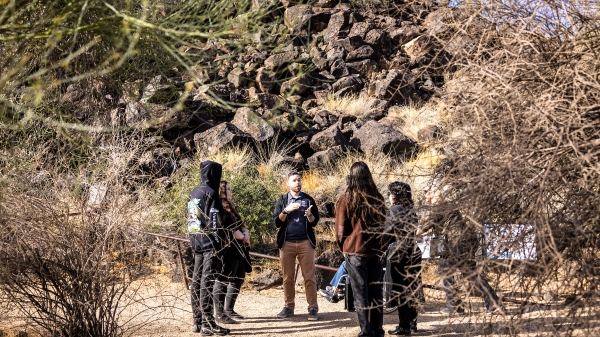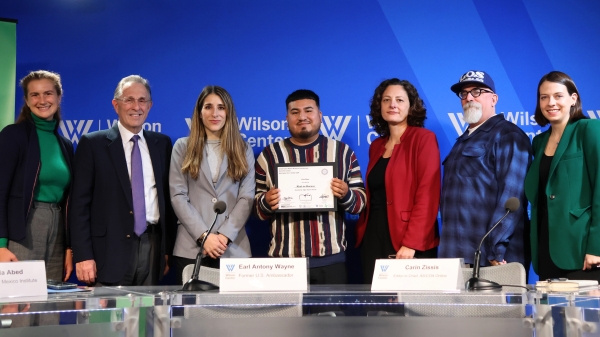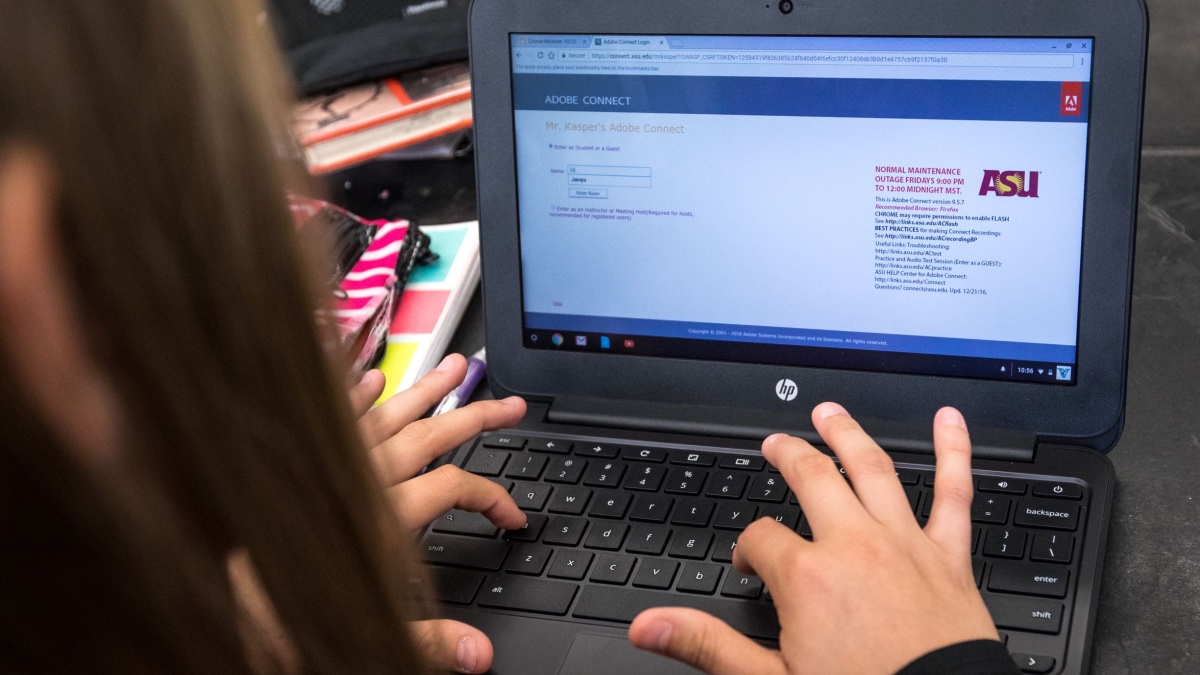As school reopenings remain uncertain in Arizona and beyond due to the COVID-19 pandemic, ASU Prep Digital is rolling out full-time online school options for elementary school students, ready to serve thousands of parents scrambling to make decisions about school, work and health.
ASU Prep Digital launched in 2017 as a public charter school for grades nine through 12, but on Aug. 10, 2020, the first classes of kindergarteners through eighth graders will gather online to learn from the school system’s rigorous and personalizable curriculum that serves more than 33,000 full- and part-time enrollees throughout Arizona, the United States and internationally.
More than 400 parents registered for the first of several virtual information sessions June 30, asking questions ahead of the July 13 deadline to enroll. ASU Prep Digital Executive Director Jill Rogier led the session and fielded questions about cost, curriculum and logistics.
Rogier shared that Arizona students attend free; out-of-state tuition is $6,900 per year but may vary for international students. Enrollment won’t be capped, but there likely won’t be spaces available beyond the enrollment deadline based on current interest levels. Class sizes for kindergarten will be about 20 students and about 25 for first through eighth grade. ASU Prep Digital teachers are all certified and highly qualified and have an average of 15 years of teaching experience, and as a public charter the school offers special education, speech therapy and staff dedicated to gifted students as well as “specials” like art and music, clubs and more.
The school is AdvancEd accredited as well as NCAA approved for student athletes. ASU Prep Digital uses adaptive diagnostic indicators that allow students to have individualized Lexile (reading) and quantile (math) scores that individualize learning experiences, offering students the chance to get one-on-one help when they need it or take courses outside of their grade level if they have a special interest or an area they’re excelling in.
Rogier said that overall the school’s advantages to families are that it’s customizable so that every student can reach their potential and that it’s a dynamic program that cultivates curious learners and critical thinkers. She knows how critical the customization is — from personal experience.
Video by Ken Fagan/ASU Media Relations and Strategic Communications
“Adaptive software supports us to be able to personalize instruction and tailor learning to meet the needs of your child,” she said. “I’m a parent as well. I have a gifted child. I have a child with dyslexia. I understand that one size does not fit all.”
Though most of the equipment you need is simply a device (touch-screen tablets are recommended for the primary grades), connectivity and a few standard classroom supplies, Rogier said that parents shouldn’t expect kids to be in front of a screen all day.
A day in the life of an elementary ASU Prep Digital student would see students working from about 8 a.m. to 3 p.m. each day, but that just means 35 hours of learning a week, which includes guided, tactile learning and social interaction with peers and teachers. Students meet several times a day with the same homeroom teacher either as a class, in small groups or one-on-one, but along with the live lessons they might be instructed to go outside to get a rock for a geology lesson or go to the kitchen to get food to illustrate fractions. They’ll also have work and projects to complete independently and at their own pace.
“We know that learning happens all the time, not just during lessons,” Rogier said.
Lessons are recorded in case students miss them, and standards-based core subjects of English language arts, math, science and social studies are covered every day.
Associate Vice President of ASU Educational Outreach and Student Services Amy McGrath said during the information session that rigor is what separates ASU Prep Digital from other online K–12 programs she’s seen because of the quality of educators, the infrastructure and the pedagogical philosophy.
“We use innovative tools and wrap them around our rigorous ELA, math, science and social studies curriculum, but it’s more than a bunch of worksheets. We are project-based learning,” McGrath said. “We will drive your students to deeper and more authentic learning.”
Learn more about enrollment, curriculum and more at the ASU Prep Digital website or join an upcoming information session. The deadline for fall K–8 enrollment is July 13.
More Arts, humanities and education

Petroglyph preserve celebrates 30th anniversary with ancient, modern tales
The Deer Valley Petroglyph Preserve provides a beautiful walk through a pristine desert where chuckwalla lizards are as plentiful…

Kaleidoscope short film contest inspires powerful binational filmmaking in its second year
“We come to this country not to steal anybody’s jobs but to take advantage of the opportunities that the rest ignore. We’ve been…

ASU's Neal Lester reflects on life, death of poet Nikki Giovanni
When Neal Lester heard on Monday that poet and activist Nikki Giovanni had died, the news hit hard.Lester, the founding director…
